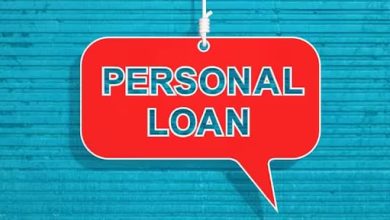How to Pay Home Loan EMIs? Know Them Before You Approach a Lender

Owning your own house is a dream for many. Taking a loan for your home is a long-term decision that affects all your finances. There are various financial institutions offering diverse schemes for taking such loans. However, there are numerous factors that you must consider before taking such loans. These include interest rates, repayment tenures, and the age of the borrower. Every borrower must choose a financial institution that offers flexible repayment tenures and attractive interest rates. Furthermore, there are various ways through which you can make EMI payments.
So, let’s get you started on the different ways in which you can pay your EMI before approaching the financial institution.
Different Ways to Pay Home Loan EMIs
All individuals must first check the home loan eligibility criteria before availing loans. These eligibility criteria are listed below.
-
Linking of Such Loans and Bank Accounts
There are financial institutions that require you to open current accounts in the loan approval procedure. When you get a home loan approved, both of these are linked. You can sign up for the auto-debit or ECS facility, authorizing your lender to deduct the EMI directly from your bank account at a certain date every month at a pre-agreed upon date. However, you must ensure that this account has the required balance on that date, because in case of any default/bounce, you will be charged a penalty.
-
Opt for Loans that have Delayed the Start of EMI Payments
While opting for a loan for your house, depending on the type of house you have purchased, there may be an option in which the EMI begins later. In such kinds of loans, the lender has an option of moratorium periods. This period means that the borrower has to pay the pre-EMI interest, and there is no requirement to pay Equated Monthly Instalments (EMI) during the given period. These kinds of loans usually offer you higher loan amounts as compared to normal loans. However, they are not available for everyone. Eligibility criteria will apply. .
-
Increasing EMIs
In some loans taken for meeting housing expenditure, there is an increase in EMI after the initial years. In respect to this, the repayment also rises in proportion with the assumed spike in your income. This can be beneficial as it reduces the interest burden and helps repay the entire loan amount earlier. You can always opt for increased loan amounts and reduced EMIs in the initial years of such loans. The repayment is, however, linked to the growth in your income. To get a better idea, you can use a home loan EMI calculator, calculate the EMI in just a few easy steps.
-
Loans with Decreasing EMI’s
There are many loans designed so that their EMI is higher at the beginning and lower in the later years. In such cases, the interest in EMI is usually more in the initial years. This means that there will be a more significant outgo of interest in these years. Hence, every borrower must have a prepayment plan in their mind to repay the loan amount when the EMI starts falling.
Conclusion
As a borrower, you must always check whether you meet the eligibility criteria of availing of loans to obtain speedy loan approval. You will need to also study the background and history of the lender too. This will help you get a fair idea about the lender and thus increases safety and security when availing loans.




